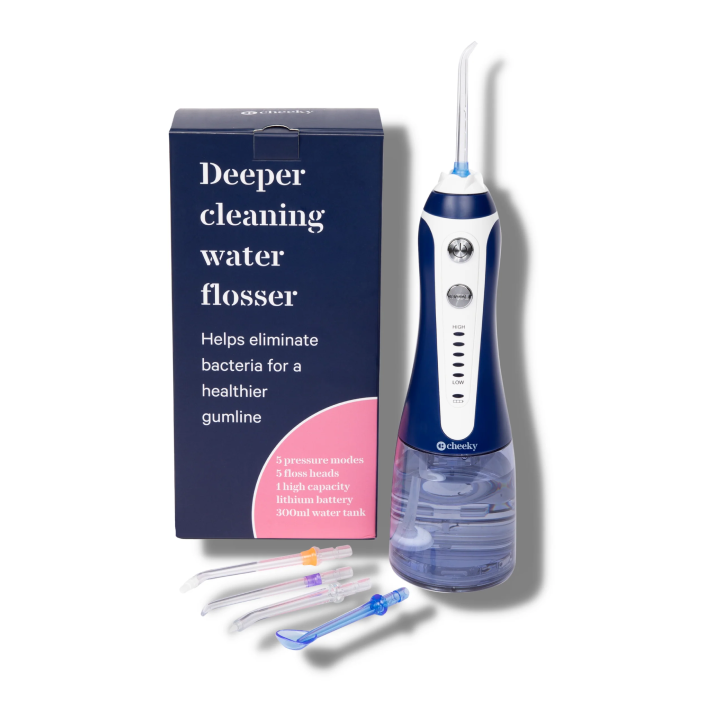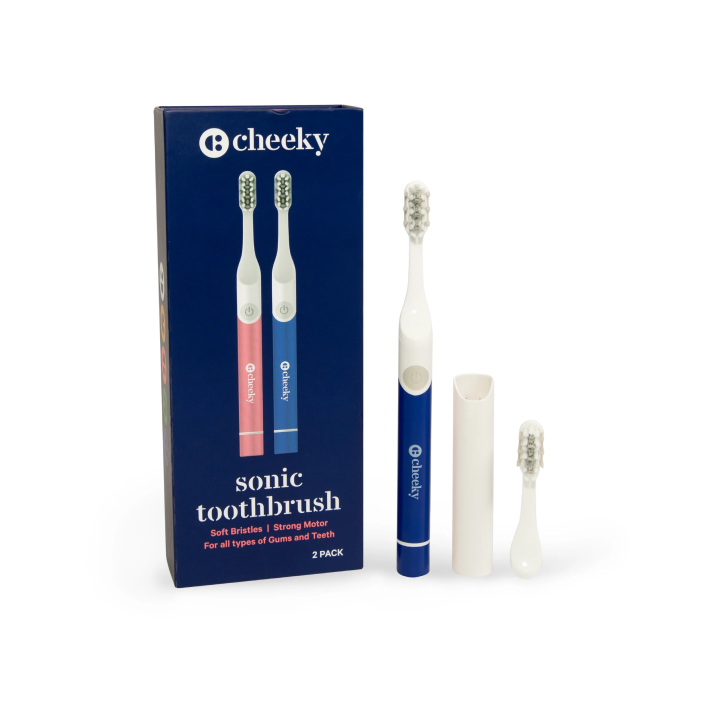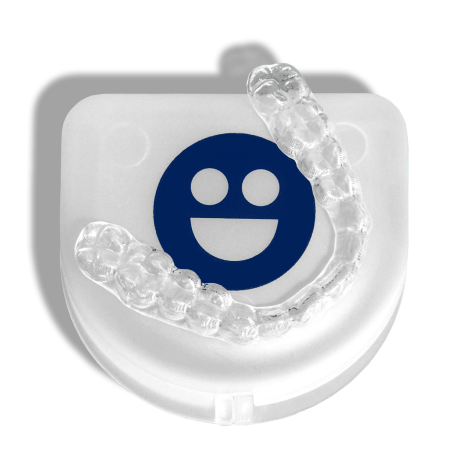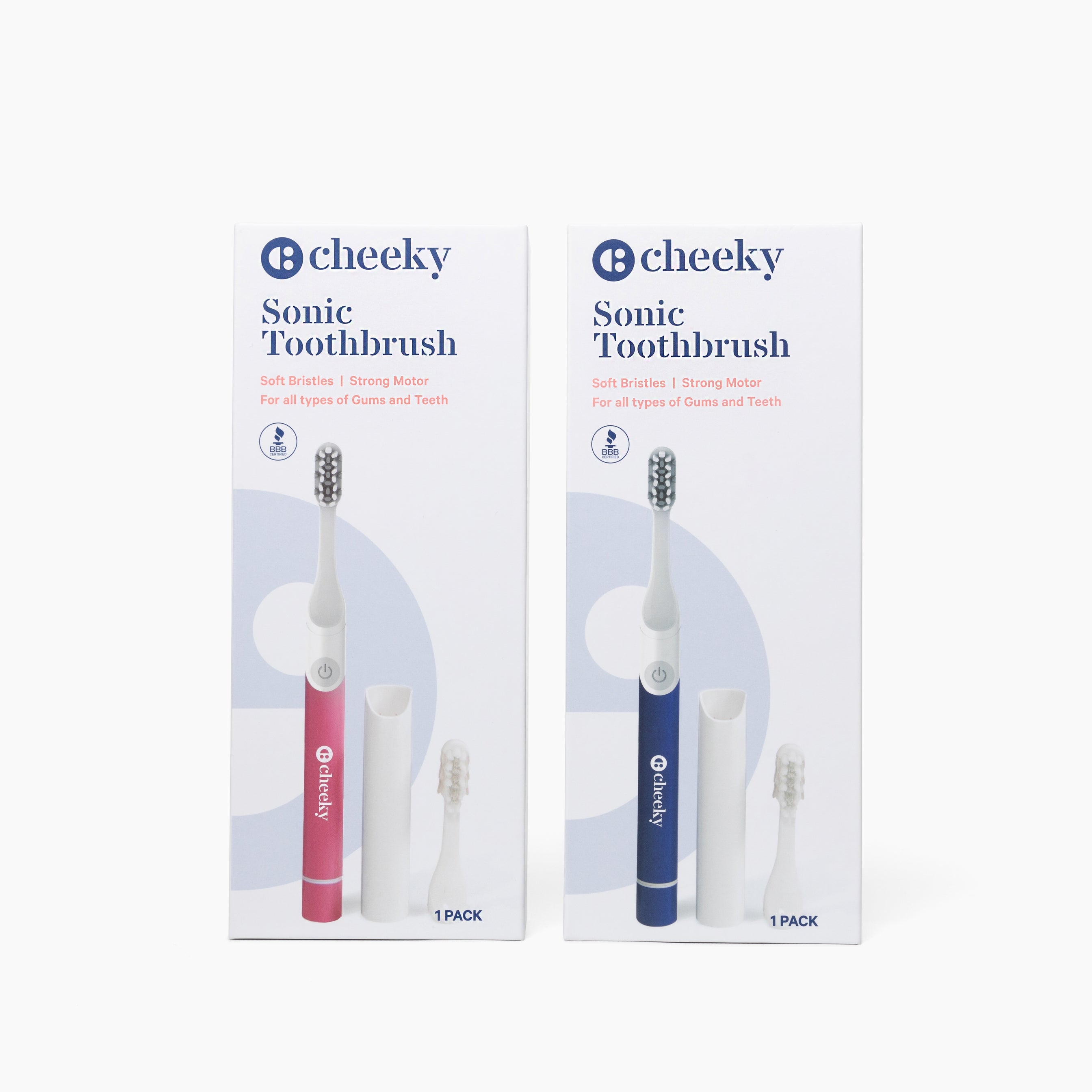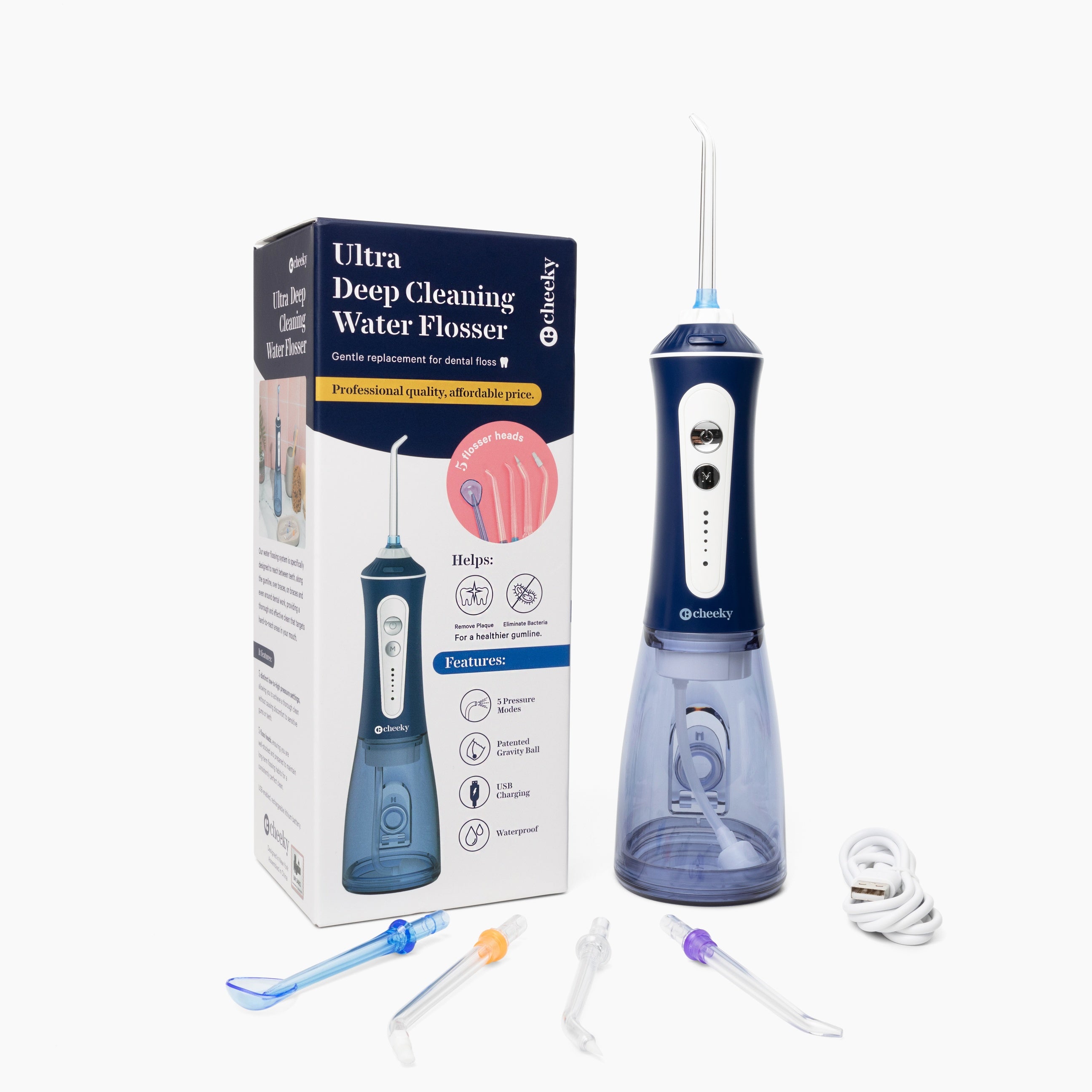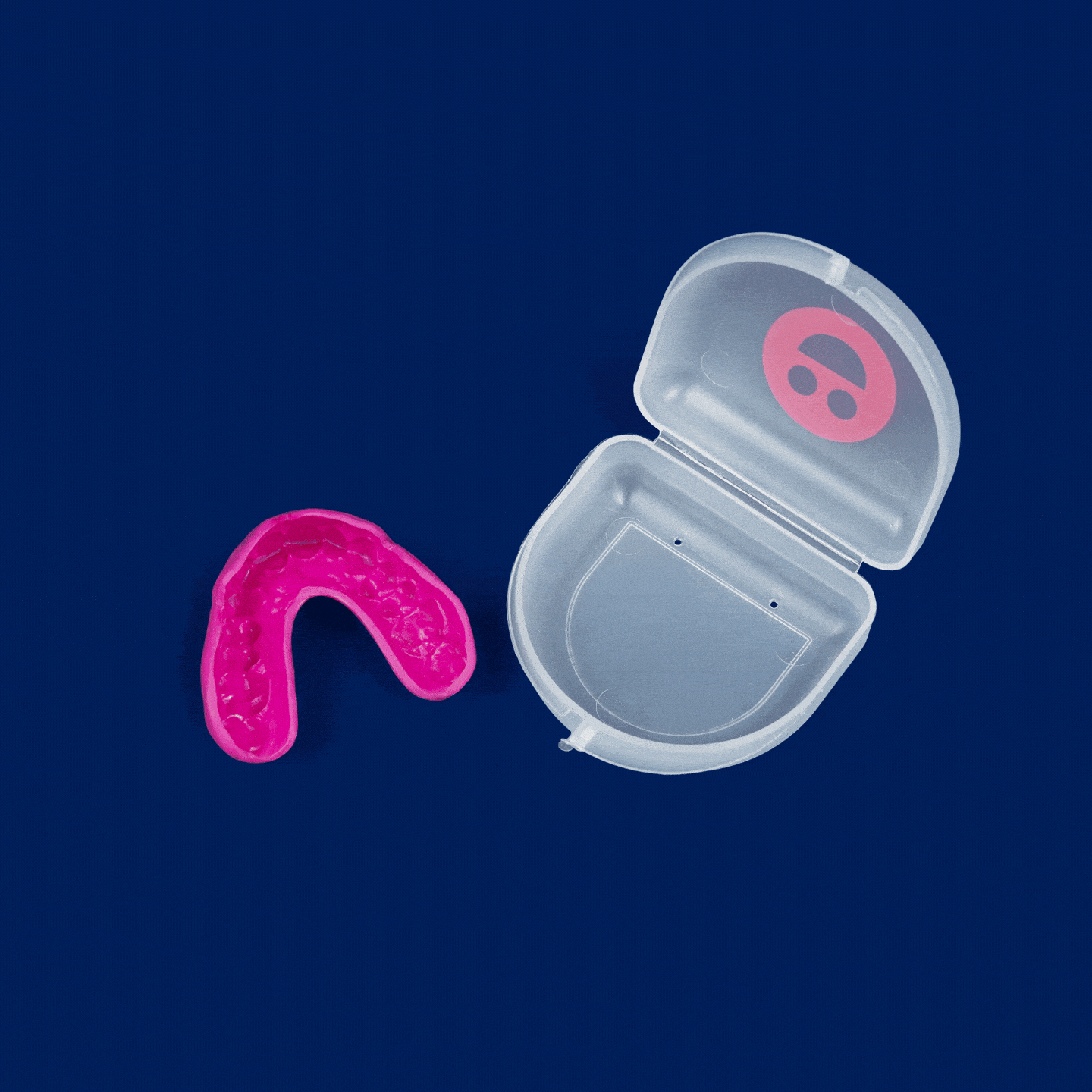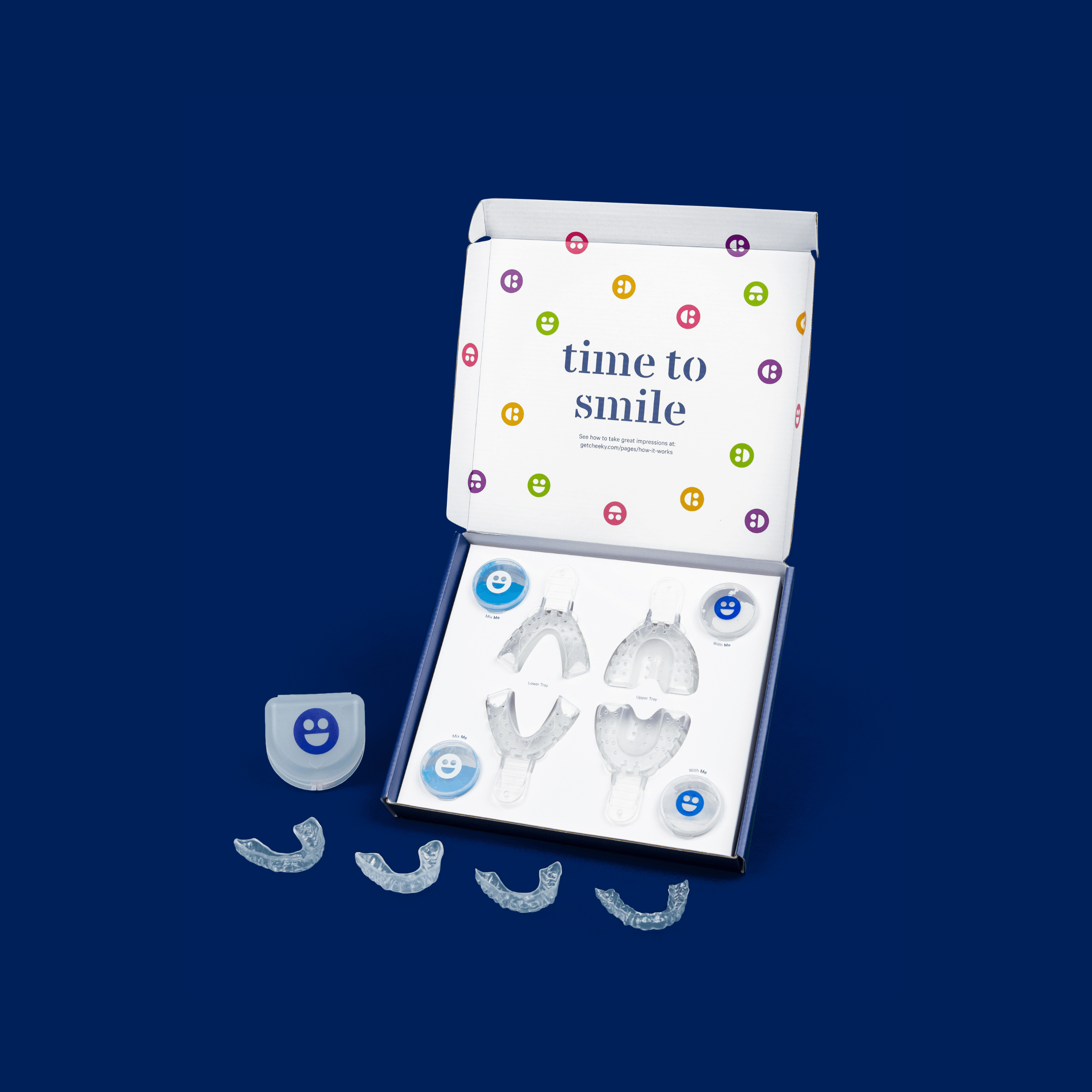How Long Do You Have to Wear a Retainer After Braces For Best Results?

After wearing braces for months (or even years) to keep your teeth straight, the hard work doesn’t end there. You'll need a teeth retainer after braces to protect your hard-earned straight smile. If you've been through the orthodontic journey, you're probably wondering, "How long do you have to wear a retainer after braces?"
The truth is that you'll probably wear a retainer for many years to keep your teeth straight after braces. This guide explains the role of a retainer after braces, how long you’ll need to wear it, the types of retainers available, and why it’s so important to maintain your perfect smile.
Why Do You Need to Wear a Retainer After Braces?

Wearing a retainer after braces can help you keep your smile bright for years to come. While braces straighten teeth, the surrounding bones, gums, and ligaments need time to stabilize. Your teeth still can shift after orthodontic treatment, and that’s where a teeth retainer comes in.
Retainers or Invisalign aligners act like guards, ensuring your teeth stay in their new position while the surrounding tissues adjust to it. Without it, your newly aligned teeth can shift back to their previous position, undoing all the progress made throughout your orthodontic treatment.
How Long Do You Have to Wear a Retainer After Braces?

The time you’ll need to wear a teeth retainer after braces varies from one person to another, depending on their unique needs and orthodontic care. However, there are some general guidelines that most orthodontists recommend, such as:
1. Full-Time Retainer Wear (First 3-6 Months)
Once your orthodontist has removed your braces, you'll probably have to wear your retainer full-time. This generally means 20 to 22 hours a day, with brief breaks for eating or drinking. This period is critical for settling your teeth into their new positions and giving the gums and ligaments surrounding your teeth time to heal and adjust.
During this time, the stability of your teeth is still delicate. When you stop wearing the retainer too soon, your teeth begin to shift back to their original position, undoing months or years of orthodontic work.
2. Nighttime Retainer Wear (6 Months to 1 Year)
After the initial 3 to 6 months of full-time wear, your orthodontist will likely suggest shifting to nighttime wear. This lasts for another 6 to 12 months. At this point, the teeth have already stabilized to some extent, but wearing the retainer at night prevents any undesirable movement while sleeping.
This retention phase is less intense than full-time wear, but it’s still significant. The more you stick to nighttime wear of your retainer, the better the outcome will be. While nighttime wear can seem unnecessary after a few months, don't skip this phase too soon.
3. Lifelong Retainer Wear (Nighttime Use Indefinitely)
Most orthodontists recommend wearing a retainer at night, although this typically means you have to stick to it. After one or more years of nighttime retainer wear, your teeth can still shift back as you grow older. Teeth naturally shift over time because of changes in bone structure, teeth grinding, wear and tear, and jaw clenching. That’s why orthodontists recommend nighttime retainer wear to keep your perfect smile for years to come.
Retainers hold your alignment and keep your teeth stable only when you wear them consistently. Without constant support, small tooth movements can occur, and the cost of realigning them is much more expensive than wearing a retainer.
Consider Cheeky's custom-fit retainer, designed to fit snugly and cushion your teeth at night, reducing unwanted movement, clenching, and preventing chipped teeth by easing jaw tension.
What Happens If You Stop Wearing Your Retainer?

If you stop wearing your retainer too soon, you can have an orthodontic relapse, which means your teeth might shift back to where they were before treatment. Even if you wear retainers for months, stopping too early will undo all the progress you've made.
Teeth shifting occurs gradually and is hard to notice at first, so you might not even realise your smile is changing to begin with. This is why you should follow the orthodontist's instructions during the retention phase. Always keep your retainer clean, regardless of the type you choose, be it a removable retainer or a fixed retainer with a metal wire. If you’re unsure when to stop wearing a retainer, talk to your orthodontist. However, it’s safer to wear it at night than risk your teeth shifting back to their original position.
Keep in mind that the entire arch of your teeth requires constant proper care and retainers to maintain their alignment. If you stop wearing your retainer too soon, you could jeopardize all your effort. Regular retainer use helps maintain your smile and prevents other dental issues, such as tooth misalignment, teeth grinding, and jaw clenching.
Nonetheless, always wear a clean retainer. A dirty retainer can trap bacteria against your teeth and gums, increasing the risk of gum disease. That’s why you should clean your retainer every day. If you don’t know how to clean it, check out our guide on how to clean a retainer for important tips on effective care.
Types of Retainers
You can choose the right retainer based on personal preferences and your orthodontist’s recommendation. Each type of retainer offers unique benefits. Here are some of the most common options available.
1. Removable Retainers

Removable retainers are designed specifically to fit over the entire arch of teeth, and you need to remove them while eating, drinking, or brushing your teeth. The following are some common removable retainers that most patients choose based on their needs.
-
Hawley Retainers: Made of wire and acrylic, Hawley retainers are adjustable, durable, and effective. However, they're visible compared to clear plastic retainers.
-
Cheeky Night Guards: These clear retainers fit snugly over your teeth and are nearly invisible, making them an ideal choice for patients who want a custom-fitted, discreet option.
While removable retainers are convenient, you must wear them consistently to achieve the best results. If you miss nights or forget to wear them, your teeth may begin to shift, which could undo your orthodontic journey.
2. Fixed Retainers (Permanent Retainers)

A fixed retainer is a thin wire that’s bonded to the back of your teeth, generally on the bottom teeth. Permanent retainers are ideal for patients with a high risk of relapse or who prefer a "set it and forget it" option. Once your orthodontist has placed it, you can leave it alone, and you don't have to think about wearing it every night.
The primary advantage of a fixed retainer is that it needs no maintenance on your part after it's put in, providing hassle-free stability for straight teeth. That being said, you’ll need to keep track of the retainer's condition with your orthodontist on a regular basis to keep it clean and in good condition. The disadvantage is that it tends to complicate the cleaning of your teeth, which can lead to plaque buildup near the retainer.
3. Clear Plastic Retainers (Essix Retainers)

Clear plastic retainers are custom-fitted to match your teeth's impressions, making them virtually invisible to others. This means they’re a great choice if you want a discreet way to keep your teeth in the correct position. These clear retainers are comfortable and easy to wear, which is why they're popular among adults.
You must wear and clean them regularly with a soft toothbrush and store them in a retainer case when you’re not using them. A well-maintained retainer can help protect your teeth and ensure that your beautiful smile stays intact.
Frequently Asked Questions
When Can I Stop Wearing My Retainers?
You should never completely stop wearing retainers. After braces treatment, your teeth are still not stable and can shift over time. Most orthodontists recommend wearing your retainer forever, but the duration of wear can change over time. Typically, you'll need a retainer full-time for 3-6 months after your braces are removed. After that, your orthodontist will likely recommend transitioning to nighttime wear for a year or more. Many patients choose to continue wearing their retainers at night indefinitely to maintain proper alignment.
Can You Go 2 Weeks Without a Retainer?
We don’t recommend going two weeks without your retainer, as your teeth tend to shift quickly after braces. Even a short break from your retainer can lead to teeth shifting, especially within the first few months after braces treatment. If you skip wearing your retainer for an extended period, you may notice that it no longer fits correctly when you try to put it back in.
If you've gone two weeks or more without wearing your retainer, contact your orthodontist to discuss the next steps. You may need a new retainer to help get your teeth back into alignment.
How Fast Do Teeth Move Without a Retainer?
Your teeth can begin to move as soon as you stop wearing your retainer, especially in the first few months after braces treatment. Typically, teeth can start shifting within a few days or weeks if you’re not wearing your retainer. Unwanted tooth movements depend on various factors, such as your age, the type of orthodontic treatment you had, and how long it’s been.
For example, your upper teeth and bottom teeth may shift to different positions. Without wearing a retainer, the periodontal ligaments that hold your teeth in place will loosen, shifting teeth to their original position. This is why you should wear your retainer consistently to help your teeth stabilize and prevent unwanted movement.
How Long Will Retainer Pain Last?
It’s common to experience some discomfort when you start wearing a new retainer. The retainer may feel tight as it applies gentle pressure to help keep your teeth in their correct position. But this discomfort should subside within a few days as your mouth adjusts to the retainer. If the pain persists for more than a few days, your retainer might be putting too much pressure on your teeth, or it may not be fitted properly.
If you’re wearing a bonded retainer (also called permanent retainers), you may feel some discomfort as it stabilizes your teeth over time. If pain persists or becomes unbearable, consult with your orthodontist for an adjustment or check if the retainer’s surface is irritating your gums.
What Are the Signs My Retainer Doesn’t Fit?
If your retainer doesn’t fit properly, it can cause discomfort or pain. Here are some common signs that your retainer may need adjustment:
-
Pain or Pressure: If your retainer feels tight and causes pain beyond the initial adjustment period, it may not be fitting properly. This can indicate that your teeth have shifted or your retainer is warped.
-
Loose or Broken Retainer: If your retainer feels loose or breaks, it can't maintain alignment and offer the support your teeth need.
-
Teeth Not Sitting Correctly: If your teeth aren't lining up correctly when you wear the retainer, or if the retainer feels uncomfortable or doesn’t fit properly, it could be a sign that your retainer no longer fits.
If you experience any of these issues, contact your orthodontist. They may recommend a new retainer or make adjustments to keep your teeth in the correct position. A properly fitting retainer can support your overall oral health, maintaining straight teeth and healthy gums.
Conclusion
Wearing a retainer after braces is important to help maintain the straight, beautiful smile you’ve worked so hard to achieve. The duration of retainer wear can vary, but orthodontic experts generally recommend full-time wear for the first 3 to 6 months, followed by nighttime wear for 6 to 12 months, and potentially lifelong nighttime retainer wear.
Choosing the right type of retainer and using it consistently will ensure your teeth stay in their newly aligned positions. At Cheeky, we understand the importance of protecting your smile. Our custom-fit retainers are designed to fit snugly, keeping your teeth straight, preventing unwanted shifting, and protecting your dental investment.
